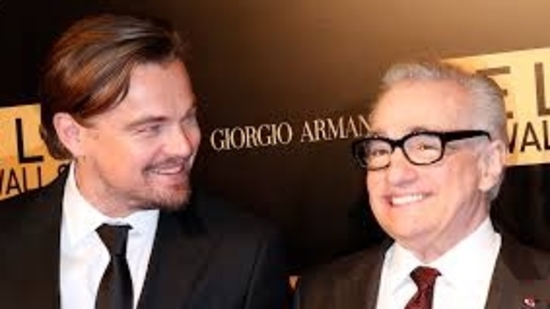'We'd roll our eyes…' Director Martin Scorsese on working with Leonardo Di Caprio in Killers of the Flower Moon
Director Martin Scorsese has opened up about his experience on working with Leonardo Di Caprio and his views aren't surprising at all. Read more below.
Director Martin Scorsese revealed that Leonardo Di Caprio's “endless” improvisation of his lines had him and Robert De Niro irritated with the actor.

In an interview with The Telegraph, the famous American filmmaker shared his experience working with the Titanic actor, in their latest project Killers of the Flower Moon.
The film, currently in theatres, is a true story of the murders of the Osage Nation in the 1920s. Here, Robert De Niro plays the role of an uncle, William Hale and Leonardo Di Caprio is his nephew Ernest Burkhart, as the duo plans to steal oil from the tribe's land.
The 80-year-old actor-director revealed that the two actors in the film, had absolutely different ways of preparing for their roles, sharing that Leonardo's improvisation was “endless, endless, endless,” while Robert “didn't want to talk.”
However, what had both him and Robert tired was the Inception star's tireless ad-libbing.
“Every now and then, Bob and I would look at each other and roll our eyes a little bit. And we’d tell him: ‘You don’t need that dialogue,'” said the director.
What isn't surprising is Leonardo's habit of improvisation. Throughout his career, he has been known for improvising his lines, even in some of his most successful projects like Titanic, The Wolf of Wall Street and Once Upon A Time In Hollywood.
Additionally, Martin revealed to The Irish Times, that after he had worked on the film's script for two years with his co-screenwriter Eric Roth, Leonardo came in and suggested some changes.
The filmmaker shared that the original script was told "from the point of view of the bureau agents coming in to investigate" the murders but that Leonardo had another idea.
“Leo came to me and asked, ‘Where is the heart of this story?’” began Martin.
“I had had meetings and dinners with the Osage, and I thought, ‘Well, there’s the story.’ The real story, we felt, was not necessarily coming from the outside, with the bureau, but rather from the inside, from Oklahoma,” he ended.






